
Deemed a “Dystopian Apartment,” a building in China has recently gone viral on TikTok. Incredibly, it has the ability to host up to 30,000 residents.
The video was posted by @fatheristheone using a drone and caught people’s attention for more than just the impressive interior and unique design.
People were also astonished after seeing footage that truly captivates the enormity of the building.
Many people have read at least one novel focusing on a Dystopian society. Or at least understand that it describes a society that lives in fear or has been dehumanized.
Most works have been fiction, although some might argue they’re a possible warning about the future.
Either way, China currently has an apartment building that can house up to 30,000 residents at one time. Furthermore, containing everything residents could possibly need.
Features of the Dystopian Apartment
The “dystopian” apartment, called the Regent International, is located in Qianjiang Century City, more specifically, in Hangzhou’s central business district.
The building was actually designed by Alicia Loo, chief designer of a 7-star hotel called the Singapore Sands Hotel, and was inaugurated in 2013.
Impressively, the building is 675 feet tall and is currently home to around 20,000 residents. It is an S-shape and has 36, or 39, floors depending upon which side of the building you are.
Unsurprisingly, it’s one of the most densely populated areas in the world, thanks to the numerous residents coexisting under one giant roof.
Within the more than 30 floors of the Regent International, there are a number of amenities. Some include restaurants, swimming pools, and nail salons.
The building also contains its own grocery stores and internet cafes. Essentially, anything one might find “in town” can be found indoors the “dystopian apartment”.
As a result, many residents may never step foot outside again. Posing the question, will they also never get any fresh air or feel the sunlight on their skin? First, the residents aren’t forced to stay indoors, nor are they forced to live in the “dystopian apartment.”
In contrast, most residents are young professionals and influencers or college students. Both of them greatly benefit from the cost-effectiveness and convenience of living in a place such as an S-shaped building.
Advantageous Living
Living there seems to be incredibly convenient for residents as they have everything they could possibly need under one roof.
Convenience isn’t the only advantage. Its affordability is another great benefit to living at Regent International.
Units vary in size and cost but range from 1,500 RMB, which is equivalent to around $200.00 per month, to 4,000 RMB, which is just under $600.00 per month.
While some are apprehensive, calling it a “dystopian apartment,” others have praised the innovation behind the building. It’s even been called “the most sustainable living building on earth.”
Another interesting advantage comes to light in the midst of a housing crisis that is seemingly sweeping the U.S. The “dystopian apartment” could serve as a model for how the U.S. can possibly create more living spaces for people without taking up copious amounts of land.
Interestingly, one state has already developed something like the hotel turned apartment city. Whittier, a city in Alaska, has a 14-floor building in which all 272 residents live. It, like the building in China, has everything one would find “in town.” This includes a church, school, post office, and police station.
Possible Downsides
Like everything in life, this, too, has pros and cons. After all, the building has been referred to as “dystopian apartment” for a reason.
As previously mentioned, many people are wondering how so many people can live in one place. U.S. residents tend to prefer privacy. Space from their neighbors. Even a yard to hang out in or for their dogs to play.
A major drawback to a housing solution like this is that people will have very little space of their own, with little opportunity to be outdoors or get fresh air. Luckily, the problem of getting fresh air can be remedied by taking a stroll or renting one of the larger units in the Regent International, as some come with balconies, providing some relief from living in there.
Effects of smartphone restriction on cue-related neural activity
Smartphones have become an inseparable part of modern life, revolutionizing communication, work, and entertainment. However, excessive smartphone use (ESU) has been linked to various negative consequences, including addiction-like behaviors, impaired mental health, and diminished attention spans. Recent studies suggest that smartphone-related cues can trigger neural responses similar to those seen in substance addiction, reinforcing compulsive usage patterns. Understanding the effects of smartphone restriction on cue-related neural activity can provide valuable insights into developing interventions for individuals struggling with ESU.
The Role of Cue Reactivity in Smartphone Use
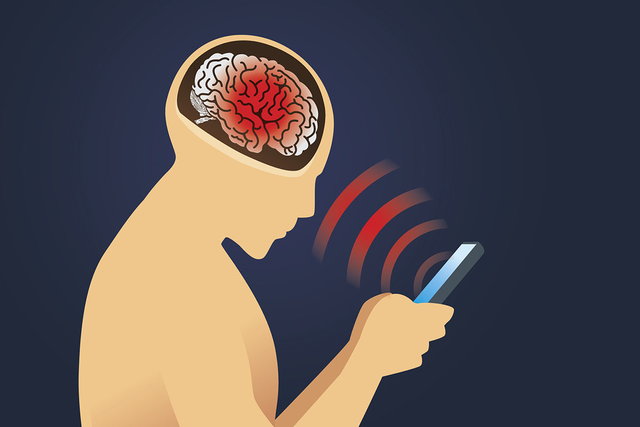
Cue reactivity (CR) refers to the brain’s response to stimuli associated with a habitual or addictive behavior. In the case of smartphone use, cues may include notification sounds, phone screens lighting up, or simply seeing a smartphone in one’s environment. These cues can activate reward-related brain regions, reinforcing the compulsive urge to check the device.
Research has shown that individuals with excessive smartphone use exhibit heightened neural responses to smartphone-related cues, similar to those observed in substance addiction. This heightened sensitivity may contribute to difficulty in controlling smartphone usage, leading to a cycle of compulsive checking and craving.
Investigating Neural Activity Changes Through Smartphone Restriction
To better understand how short-term smartphone restriction influences brain activity, researchers conducted a study using functional MRI (fMRI) to measure changes in cue-related neural responses over 72 hours of smartphone abstinence. The study involved 25 young adults who were regular smartphone users.
Video : What Happens To Your Brain When You Mindlessly Scroll?
Study Design and Methods
- Participants were instructed to refrain from using their smartphones for 72 hours.
- A cue-reactivity task was designed, where participants were exposed to images of smartphones (both active and inactive) as well as neutral objects.
- Functional MRI scans were conducted before and after the restriction period to analyze changes in brain activity.
- Psychometric assessments were used to measure craving, self-control, and emotional responses associated with smartphone use.
Key Findings: How the Brain Adapts to Smartphone Restriction
1. Reduced Activation in the Reward System
One of the most striking findings was a significant reduction in activity in the nucleus accumbens and anterior cingulate cortex after 72 hours of smartphone restriction. These brain regions are heavily involved in reward processing and habit formation.
- The nucleus accumbens is associated with motivation and reinforcement learning. High activation in this area suggests strong craving and compulsive behavior.
- The anterior cingulate cortex plays a role in decision-making and impulse control. Reduced activity here indicates that participants may have experienced less compulsion to check their smartphones.
These findings suggest that even a short break from smartphone use can lead to neuroplasticity, allowing the brain to become less reactive to smartphone-related cues.
2. Alterations in Dopamine and Serotonin-Linked Activity
Further analysis using neurotransmitter probability maps revealed that activity changes in the reward system were closely linked to dopamine and serotonin receptor probabilities.
- Dopamine is a key neurotransmitter in reward-seeking behavior and addiction.
- Serotonin is involved in mood regulation and impulse control.
The findings suggest that smartphone restriction may influence neurochemical processes that drive compulsive behaviors. This could explain why some people feel withdrawal-like symptoms, including restlessness and anxiety, when they suddenly stop using their phones.
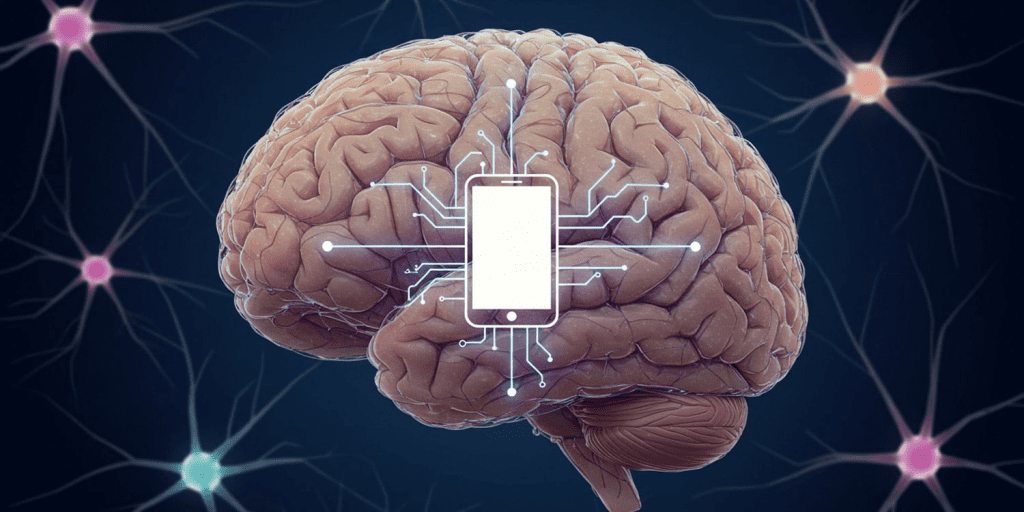
3. Increased Engagement of the Parietal Cortex
Another notable result was the increased activity in the parietal cortex, a region associated with attentional control and sensory processing.
- This suggests that participants became more aware of their environment and less preoccupied with smartphone-related distractions.
- Heightened parietal cortex activity was correlated with reduced craving scores, indicating improved cognitive control over impulsive smartphone use.
This supports the idea that limiting smartphone use can enhance focus and attentional regulation, reducing dependency on digital devices.
4. Reduced Compulsive Checking Behavior
Behavioral assessments showed that participants experienced a significant decrease in the urge to check their smartphones over time. This aligns with the observed neural changes in reward sensitivity and impulse control.
Participants also reported improvements in:
- Sleep quality: Reduced exposure to blue light and nighttime scrolling led to better sleep patterns.
- Social interactions: Without constant phone distractions, participants engaged more with people around them.
- Mental well-being: Several individuals noted feeling less anxious and more present in their daily activities.
Implications for Smartphone Addiction and Digital Detox Strategies
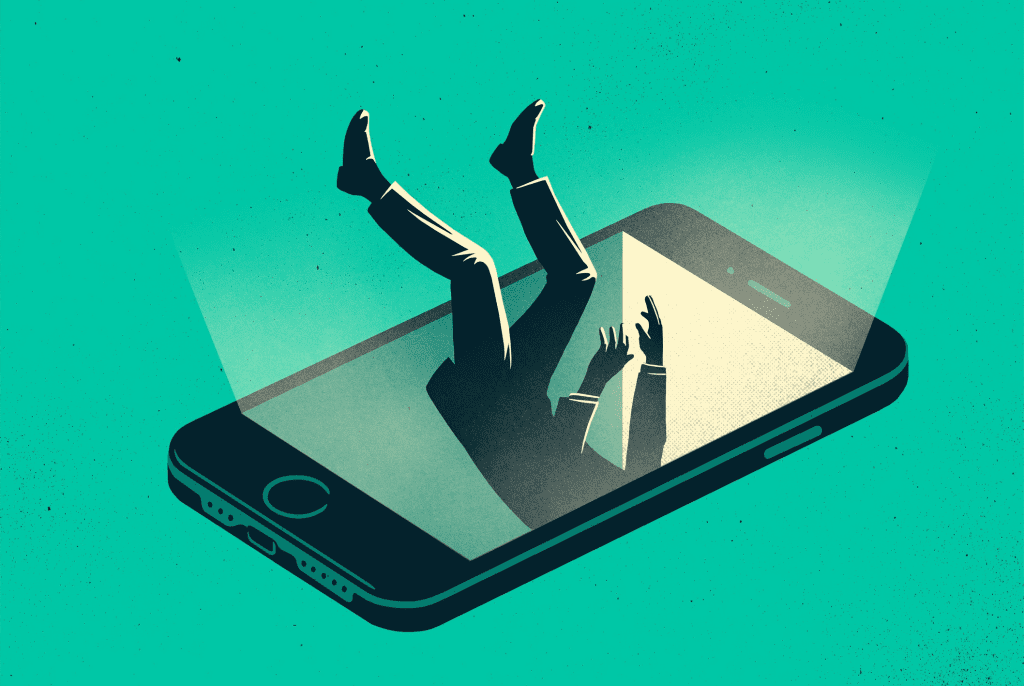
The findings of this study have significant implications for individuals struggling with excessive smartphone use. While a complete break from smartphones may not be feasible for everyone, implementing digital detox strategies can help manage usage and mitigate negative effects.
1. Scheduled Smartphone Breaks
- Taking regular breaks from smartphone use, even for a few hours a day, can help reset neural responses to digital cues.
- Setting specific times for checking messages rather than responding to every notification can reduce compulsive checking.
2. Mindful Technology Use
- Practicing conscious smartphone use by turning off unnecessary notifications and using grayscale mode can help decrease reliance on digital stimuli.
- Engaging in non-digital hobbies, such as reading, exercise, or meditation, can strengthen attention control and reduce smartphone dependency.
3. Sleep Hygiene and Nighttime Restrictions
- Avoiding smartphone use one hour before bed can improve sleep quality by preventing blue light exposure.
- Using do not disturb or airplane mode at night can minimize the temptation to check notifications.
4. Awareness Campaigns and Education
- Schools, workplaces, and mental health professionals can promote awareness of the impact of excessive smartphone use on brain function.
- Implementing digital wellness programs can encourage balanced technology use.
Video : Cell Phones Affect Brain Activity
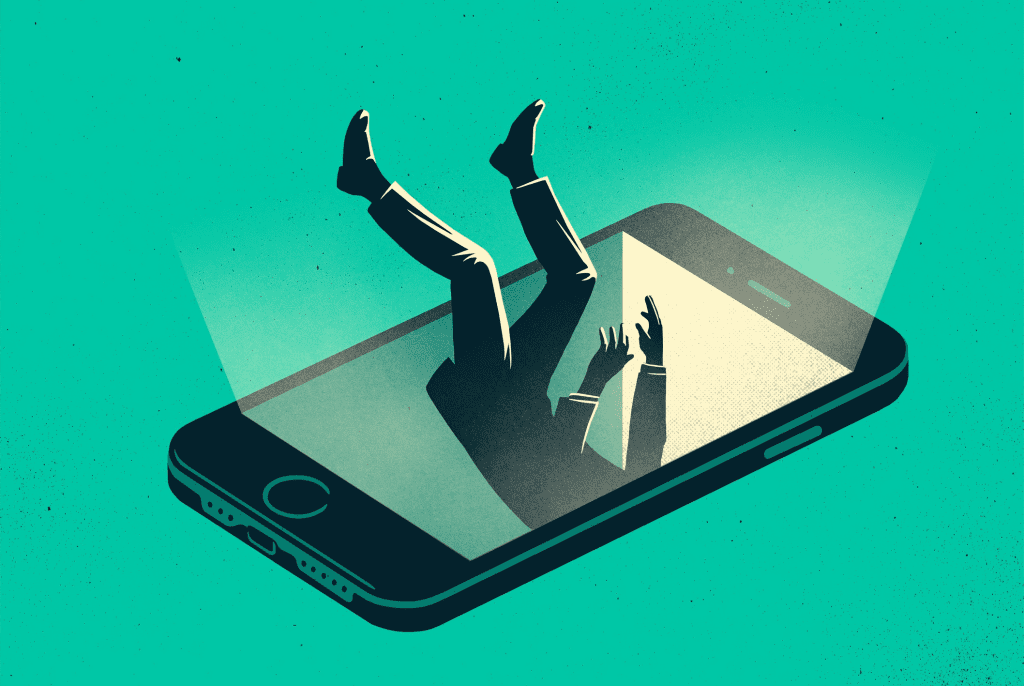
Conclusion: How Smartphone Restriction Reshapes the Brain
The study provides compelling evidence that even a short period of smartphone restriction can lead to measurable changes in brain activity. The observed reductions in reward-related neural responses, coupled with increased attentional control, suggest that limiting smartphone use can promote cognitive flexibility, impulse control, and overall mental well-being.
As smartphone addiction continues to be a growing concern, understanding the neurological basis of cue-reactivity and digital dependency is crucial. These findings highlight the importance of incorporating healthy technology habits to ensure that smartphones remain tools for convenience rather than sources of compulsive behavior.
By making small adjustments in smartphone usage, individuals can foster better focus, improved mental clarity, and greater overall life satisfaction. So, why not start with a 72-hour break and see how your brain adapts?

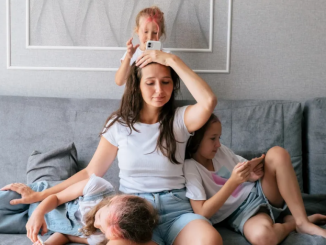

Leave a Reply